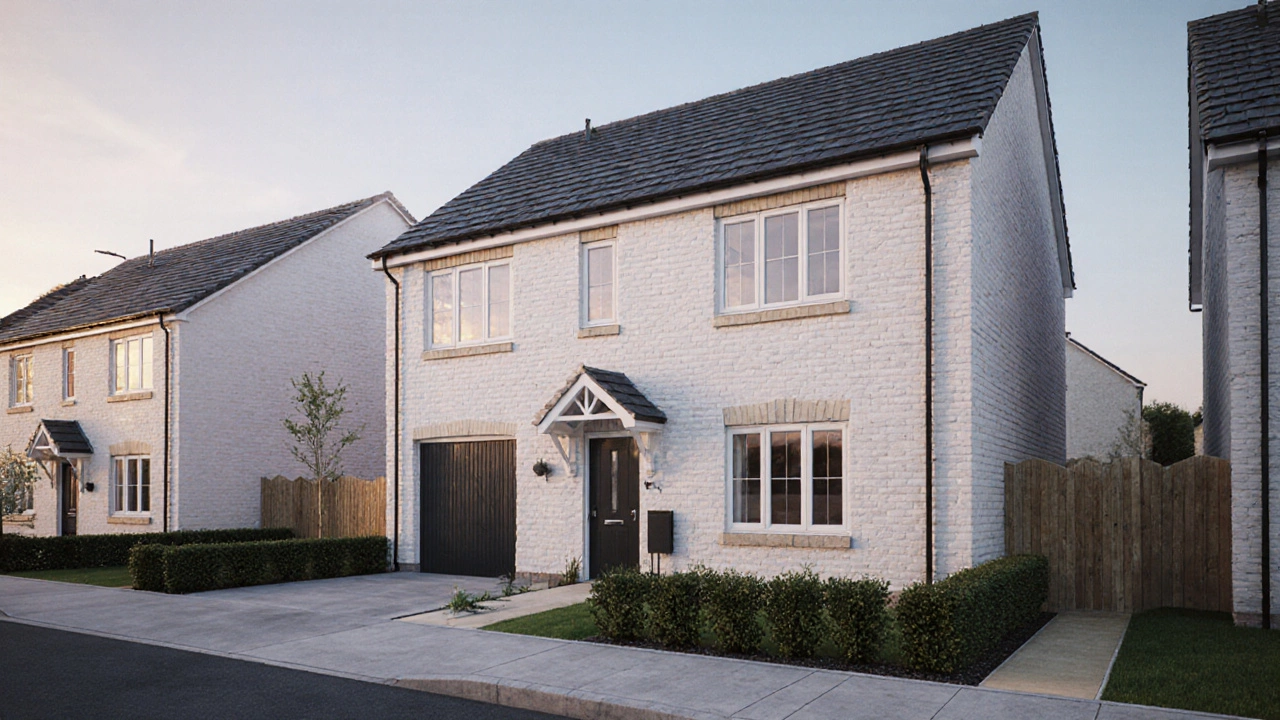Optional Upgrades for Conservatories and Home Extensions
When planning a conservatory or any home extension, optional upgrades, are extra features or improvements that aren’t required for basic construction but add comfort, energy efficiency, or resale value, also known as add‑on options, they let homeowners tailor a project to their lifestyle and budget.
One of the most popular upgrade groups is home extensions, structures that expand living space, often incorporating larger windows, extra rooms, or integrated garden rooms. Pairing extensions with high‑performance building materials, such as double‑glazed uPVC, composite timber, or insulated concrete forms can slash heating bills and boost thermal comfort. Another key player is the contractor, the professional who manages on‑site work, coordinates trades, and ensures upgrades meet regulations. Finally, a qualified architectural service, offers design guidance, planning advice, and detailed drawings for custom upgrades often makes the difference between a standard addition and a standout feature.
Why Optional Upgrades Matter
Optional upgrades enhance usability while also protecting your investment. For example, adding automated blinds or smart lighting to a conservatory not only improves daily convenience but also reduces glare and energy waste. Upgrading to premium glazing or secondary glazing directly influences the building’s air‑tightness, which in turn lessens long‑term maintenance costs. When you decide to install a dry‑fit kitchen within a new extension, you benefit from quicker installation times and fewer on‑site errors, a point highlighted in recent kitchen installation guides.
But upgrades aren’t just about the finish. They often dictate who you need to involve. A structural reinforcement, like using the best cement for foundation repair, may require a specialist contractor and a structural engineer’s sign‑off. Adding a loft conversion or a roof light involves checking permitted development limits, a topic frequently covered in extension planning articles. Knowing whether a chosen upgrade falls under permitted development or needs full planning permission can save months of delay.
Material choice also intertwines with upgrade potential. Raw materials such as steel reinforcement, sustainable timber, or low‑cost but durable concrete affect both the feasibility and the resale appeal of your project. Builders who understand the cheapest building methods and the most durable house materials can recommend upgrades that balance cost with longevity, ensuring that the investment pays off over the building’s life.
Each optional upgrade brings a set of requirements and benefits. Smart home integration needs reliable wiring and possibly an electrician, while premium flooring may call for a moisture‑proof subfloor to avoid future issues. Understanding these dependencies helps you budget accurately and choose the right professionals – whether a lower‑tier contractor for simple tasks or a full‑service construction company for complex upgrades.
In short, optional upgrades are the bridge between a functional space and a space that truly works for you. Below you’ll find a curated list of articles that walk through everything from cheap home building options to detailed guides on foundation crack sizes, kitchen installation services, and the best cement mixes for repairs. Use them to decide which upgrades fit your project, budget, and timeline, and to learn who to call when you move from idea to reality.

